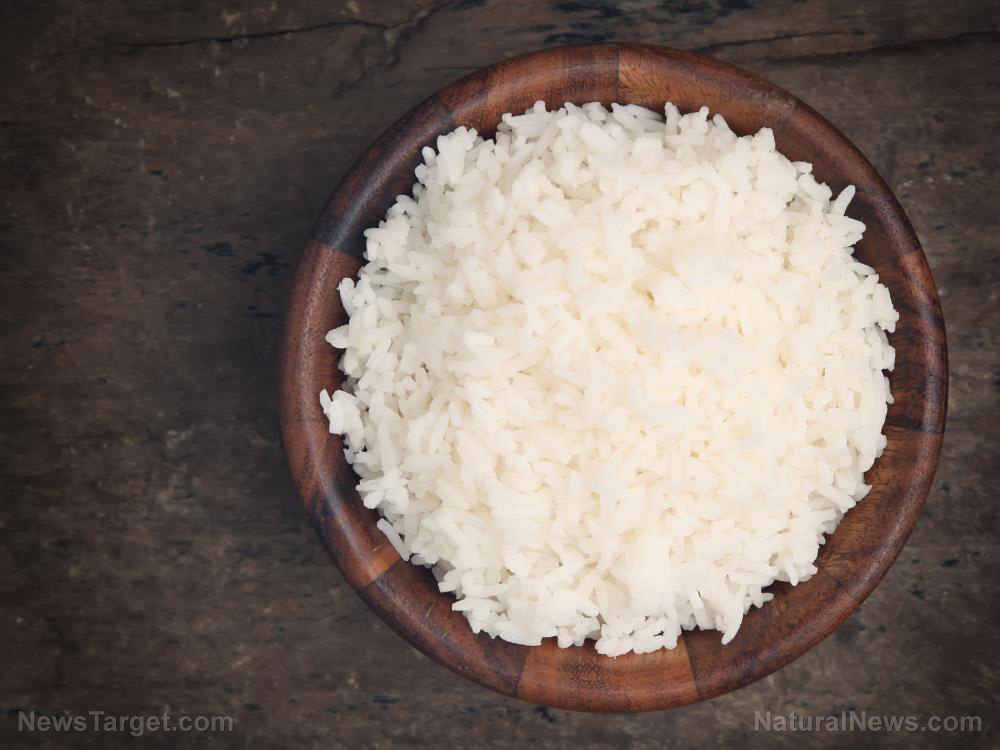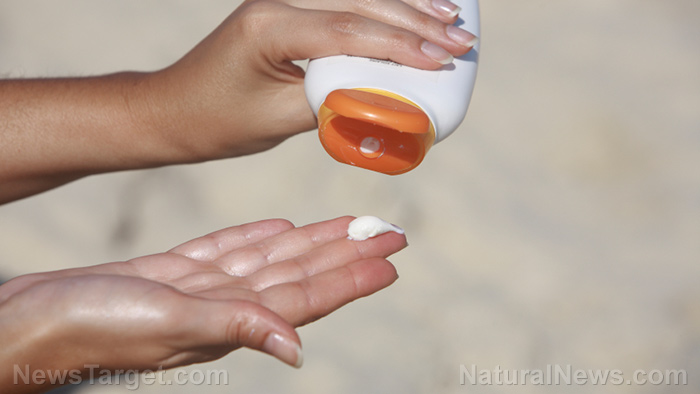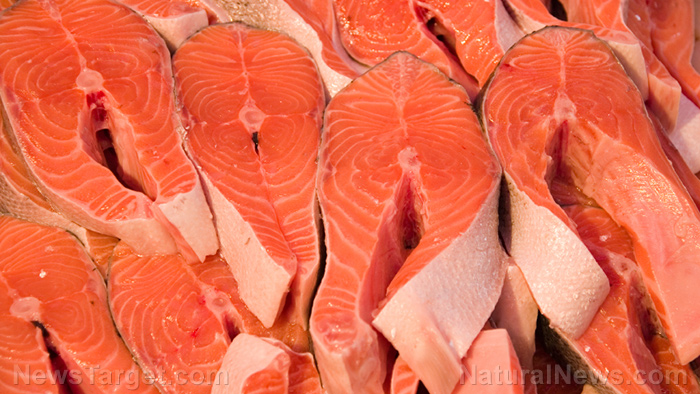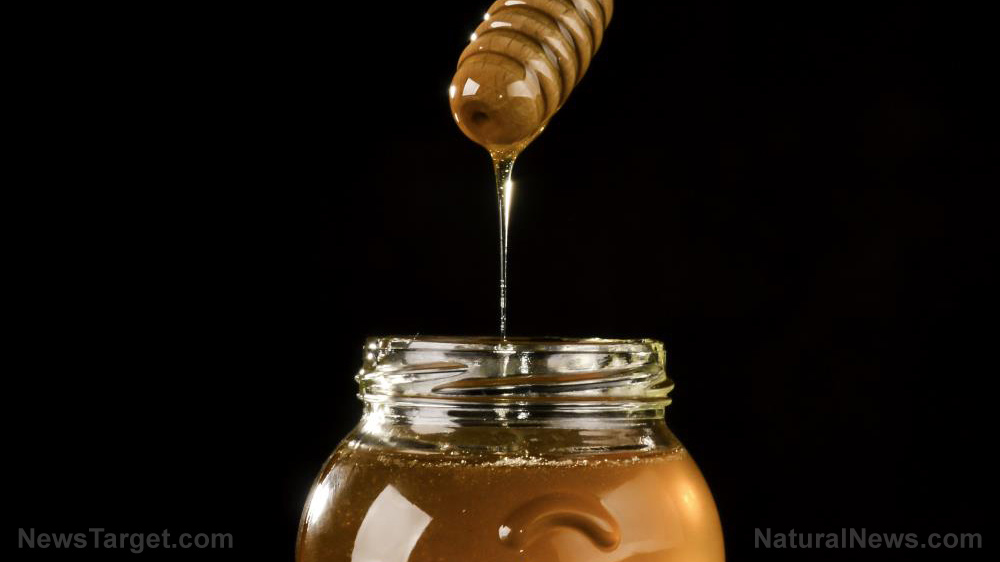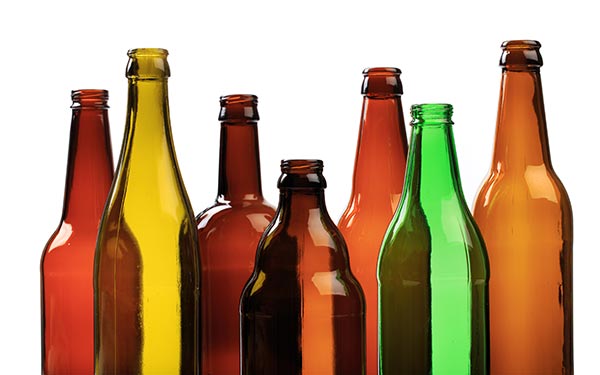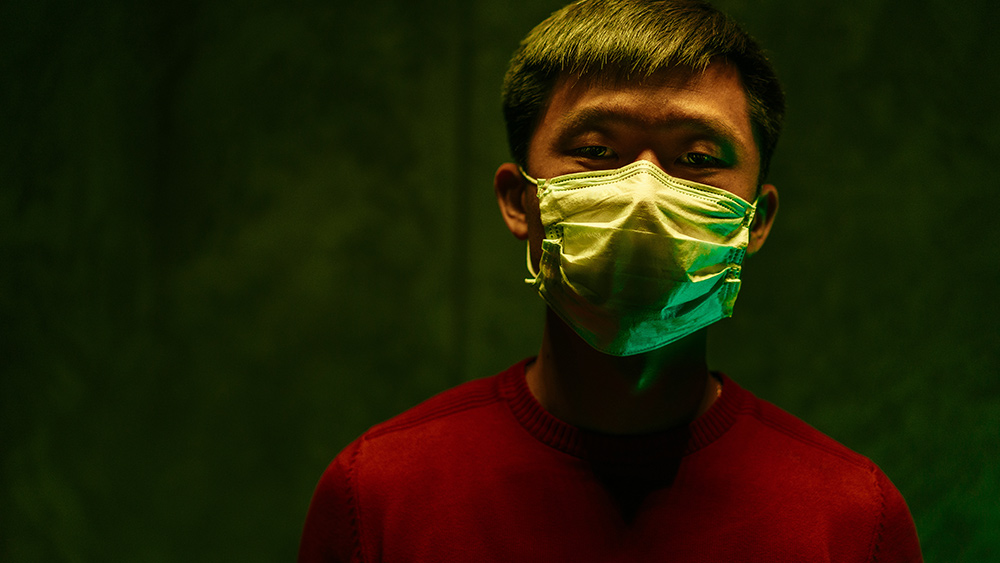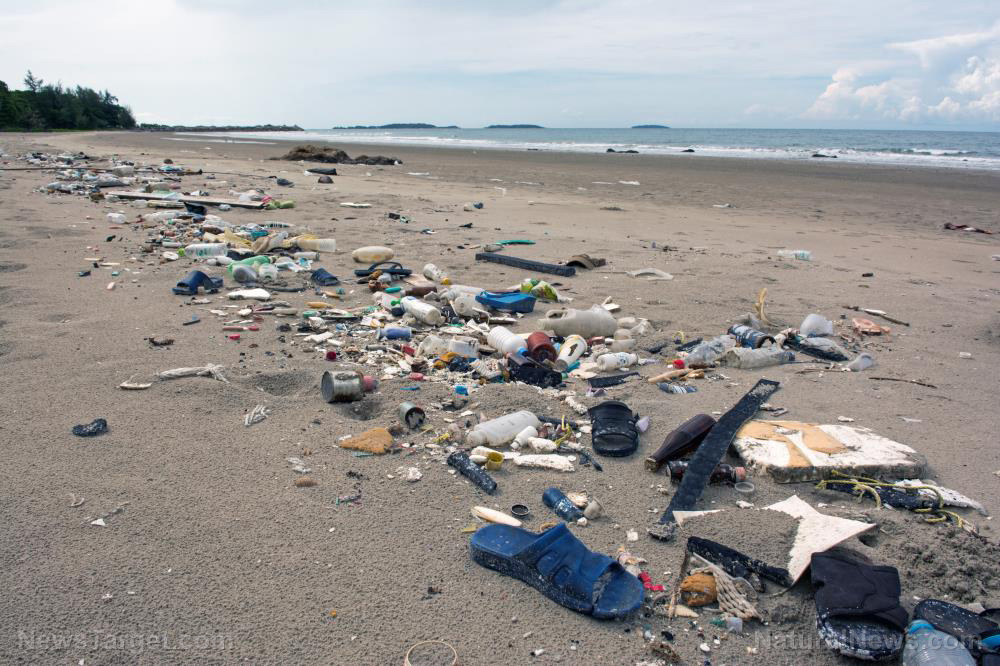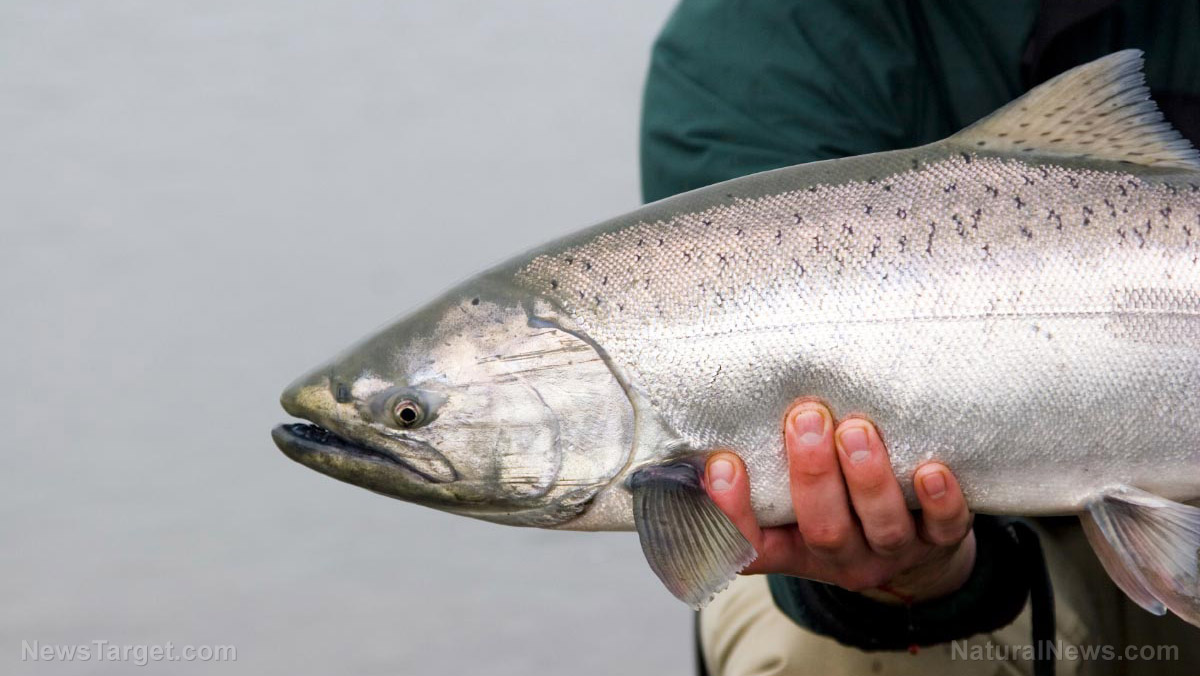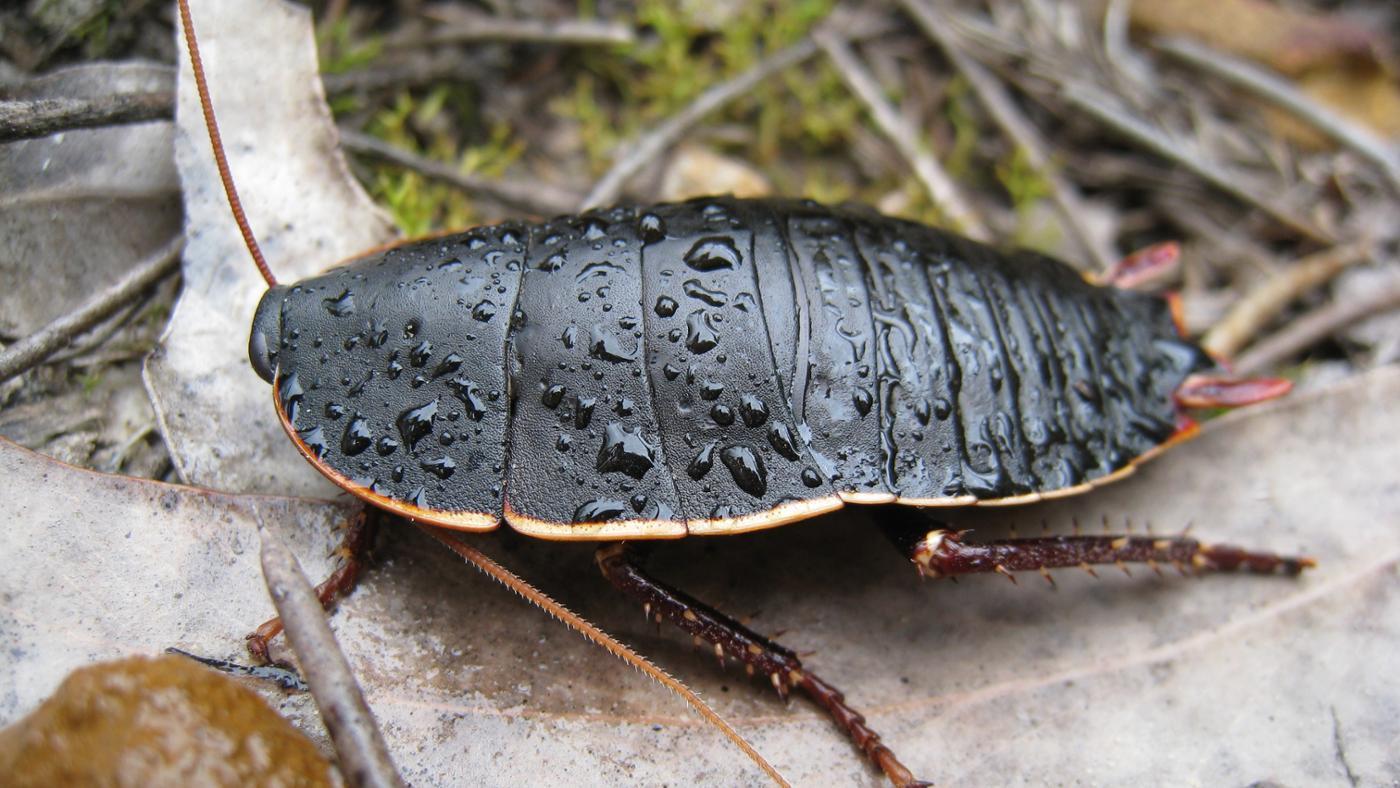Study reveals that shrimp contain a cocktail of drugs and pesticides
04/08/2020 / By Tracey Watson
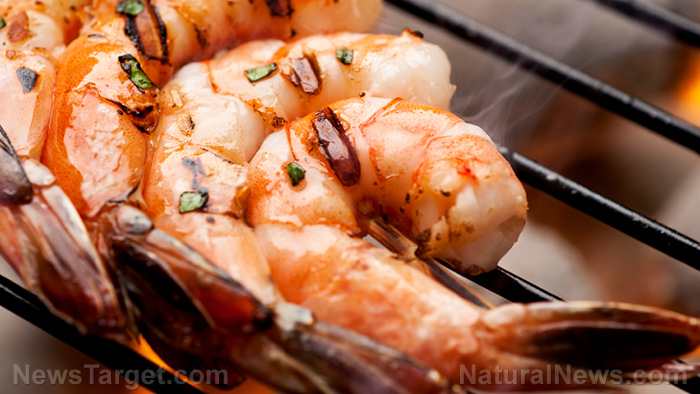
Picture this: A delicious bowl of shrimp, smothered in garlic butter, resting delicately on a bed of steaming white rice. Sound good? You bet! Now, picture that same shrimp packed full of cocaine, pharmaceutical drugs and toxic pesticides. You’re probably not quite as keen to dig into that tasty bowl of food anymore, are you?
Well, unfortunately for seafood lovers, a study published in the journal Environment International has found that shrimp from rivers outside London, U.K., are contaminated with a variety of toxins. And scientists have detected a similar trend in seafood from across the globe. (Related: Shocking cocktail of toxic chemicals and pesticides found in the global shrimp supply.)
‘Frightening implications’
For their study, the British researchers examined samples of a species of shrimp known as Gammarus pulex from 15 sites in five different rivers in Suffolk County, northeast of London.
As reported by Natural Health 365, the scientists found traces of 56 different pollutants, and perhaps most shocking of all, all the samples contained traces of cocaine. In fact, cocaine accounted for the highest overall number of contaminants in the samples.
The researchers also detected lidocaine in the sample shrimp. Lidocaine is an anesthetic used by cocaine dealers to “cut” their product, thereby increasing their profits. The scientists also found traces of ketamine, a tranquilizer used by veterinarians, but also used recreationally by addicts wanting to capitalize on its psychotropic effects.
And the list of contaminants did not end there. The study also uncovered the presence of anti-anxiety drugs Valium and Xanax, as well as propranolol, a medication commonly prescribed to treat high blood pressure, and diphenhydramine, a common antihistamine.
The final toxic ingredient detected in the shrimp samples was microplastics, the minuscule plastic fragments which have now been detected in humans and marine animals, as well as drinking water and sea salt, across the globe.
Natural Health 365 reported:
The researchers speculated that the drugs were excreted in urine – which then flowed from sewage systems into surrounding aquatic environments. Traces of fenuron and atrazine – pesticides that have been banned in the UK – were also found. …
The disturbing results were unexpected, even for the researchers who conducted the study.
The study’s authors were surprised by the results of their research, especially since the samples were taken from rivers outside of London, and while these types of contaminants might be expected in the heart of the city, they were unexpected in more rural areas.
The researchers were particularly confused by the presence of pesticides that have not been approved for use in many years. (Related: Horrifying environmental impact of non-Gulf shrimp.)
Other studies reach the same conclusion
As unpleasant as the findings of the above study are, they are by no means isolated. Other studies from around the world have reached the same conclusion.
Natural Health 365 reported further:
A 2017 Canadian study found that shellfish that live close to sewage discharge sites contained triclosan, an antibacterial agent, and ibuprofren, a non-steroidal anti-inflammatory medication.
And, mussels in Seattle’s Puget Sound have been found to contain oxycodone – a powerful narcotic – along with antidepressants and heart medications. …
Another disturbing study found that silver eels – already a critically endangered species – in the Thames River had enough cocaine in their systems to actually influence their behavior. Researchers noted that the eels could become “hyperactive” as cocaine accumulated in muscles, brains and gills – and this from environmental concentrations that the researchers described as “low.”
The eels also had serious damage to skeletal muscles, including muscle breakdown and swelling.
Clearly, no matter how delicious and nutritious seafood like shrimp and mussels might appear to be, in reality they are jam-packed with toxic chemicals, and in some instances it might be best to give them a wide berth.
Learn more about environmental pollution at Pollution.news.
Sources include:
Tagged Under: chemicals, clean food, cocaine, environment, ingredients, ketamine, lidocaine, London, microplastics, pharmaceutical drugs, rivers, shrimp, toxins
RECENT NEWS & ARTICLES
COPYRIGHT © 2017 TOXINS NEWS

